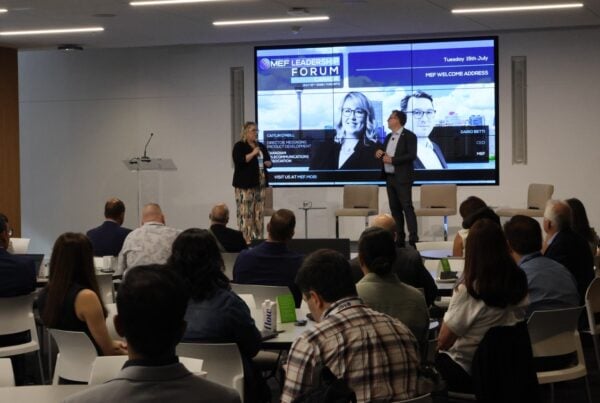All over the world, ride-sharing apps are taking on powerful local taxi businesses. But in India, the situation is a little different: there are hardly any local firms to take on. So the challenge is more about establishing a market in the first place. Mumbai-based Ola Cabs is leading the charge. Anand Subramanian, director of marketing communications at Ola was interviewed by Shradha Sharma of YourStory Media during MEF Global Forum Mobile First Markets in Bangalore, and shared some of the company’s strategies and goals.
In March of this year, Ola raised $400 million in Series E funding. It was a huge vote of investor confidence in the app-based cab ordering company that has mounted a genuine challenge to the 800lb gorilla in the room: Uber.
Ola currently serves around 100 cities in India, but is aiming to hit 200 cities by the end of the year. It’s growing at 40 per cent a month.
This is remarkable progress. Why? Because Ola has been creating a market rather than disrupting one. On stage at the MEF Global Forum Mobile First Markets, Ola’s Anand Subramanian explained why: “It was an interesting time when we started, as personal transport in India was under exploited. There was only three per cent car ownership and there was no taxi market except in Mumbai and Calcutta. And radio taxi businesses couldn’t scale because of the kind of capital intensive model needed to do that.”
[youtube https://www.youtube.com/watch?v=Mw3NoKkkcfw&w=480&align=right&rel=0]What Ola did, of course, was capitalise on the rise in smartphone ownership to create a service based not on ownership, but service. “Looking at the market from a service perspective was the big game changer,” says Subramanian. “In 2010, people couldn’t imagine ordering a cab from an app. But the bigger change came when we changed the experience to parallel what it’s like to own a car.”Such is the success of the app that Subramanian says virtually all their 200,000 cabs ordered each day are ordered through it. Ola offers a call centre, but it’s barely ever used. “There are days when we receive no calls at all,” he says.“So you don’t expect to have the driver ask your where you are, or where you’re going or for directions or for money. That’s the exact parallel of owning car – and that’s what mobile could deliver for us.”
Of course, keeping customers happy is only half the job. Ola has also refined its relationship with drivers in order to prosper. The key here has been localising the experience to suit a country as diverse as India. “The consumer app experience might be consistent,” says Subramanian “but at the back end we always factor the local aspect in. So for example on Chenai, the user will get the same app front end, but the driver will get their mapping and navigation instruction in Tamil.”
Editor
Mobile Money Revolution


Another example of this local tweaking is how Ola has handled the patchy nature of data coverage in India. Subramanian says: “If a driver is not in a 3G area, we trigger an SMS that manifests itself into the app without driver even knowing that it was a text that made the booking request.”
However, Ola’s attention of driver care goes beyond the technical. The firm also claims a new kind of business approach. In short, it wants to grow an army of entrepreneurs rather than just cabbies. “What we are trying to build here is tens of thousands of entrepreneurs. That means contributing to their lifestyle, getting rid of the stigma of just being a driver. We have a new programme to help spouses to get vocational training. It’s all part of a new hyper local ecosystem approach.”






I’ve used ola cabs a lot. 90% it’s been a good experience.
The problem I find is
1. The cab drivers want to chat with you. I’m hate talking to strangers. But ola and even the others all seems to have talkative drivers.
2. The 10% which has not been good is when cab guys just leave you in the middle of your journey claiming an engine failure. It’s happened 5 times so far. This is acceptable if they arrange another cab AND cancel this one’s charge. But NO. They want to be paid the full amount plus you have to arrange your own cab and pay for that too.
3. Most of the drivers don’t know their way around town. I mean google maps is ok. But I know my town in and out and there are several alternative routes which get you wherever faster. These drivers for whatever reason are total newbies to the city.